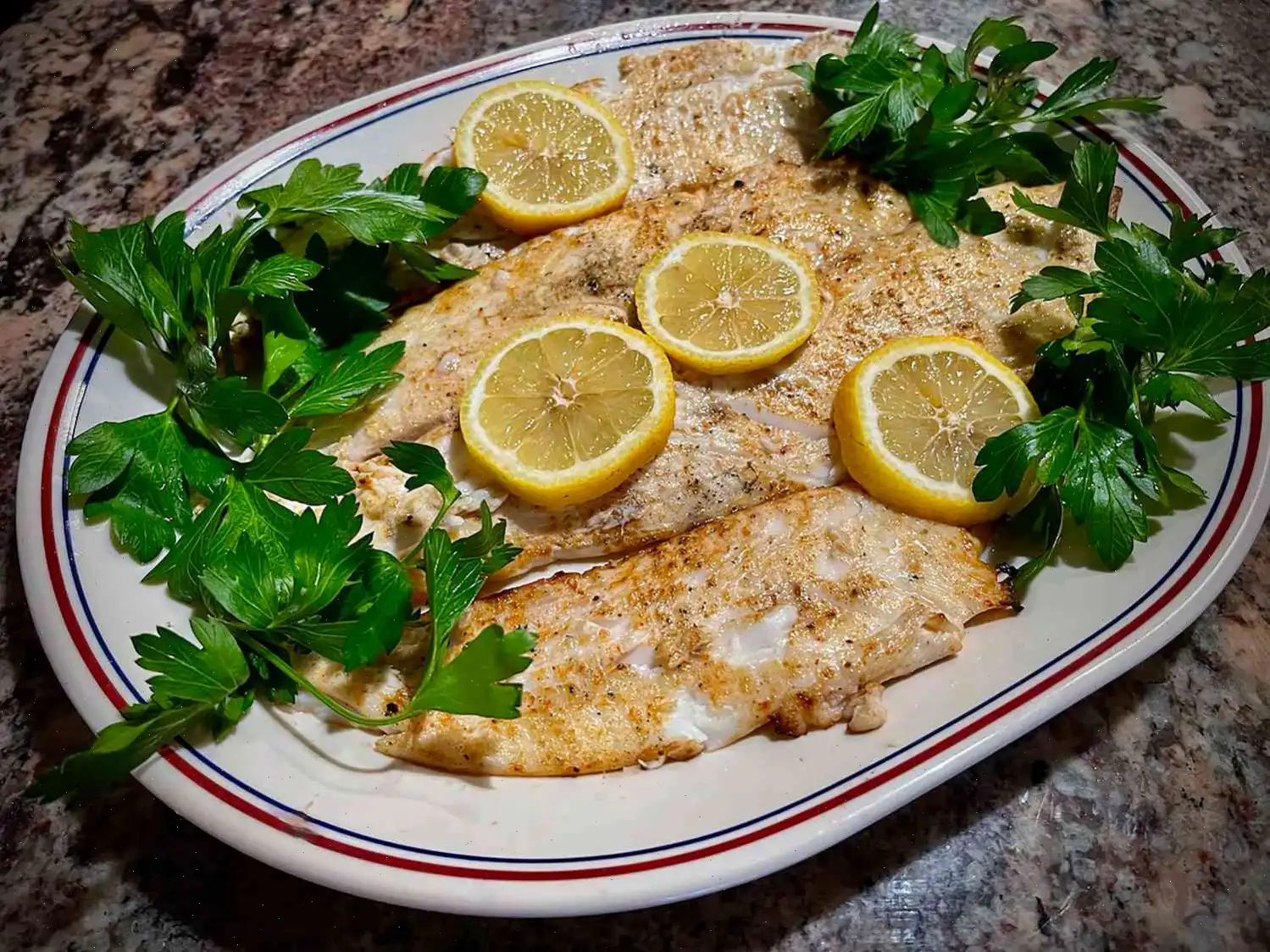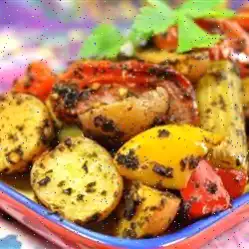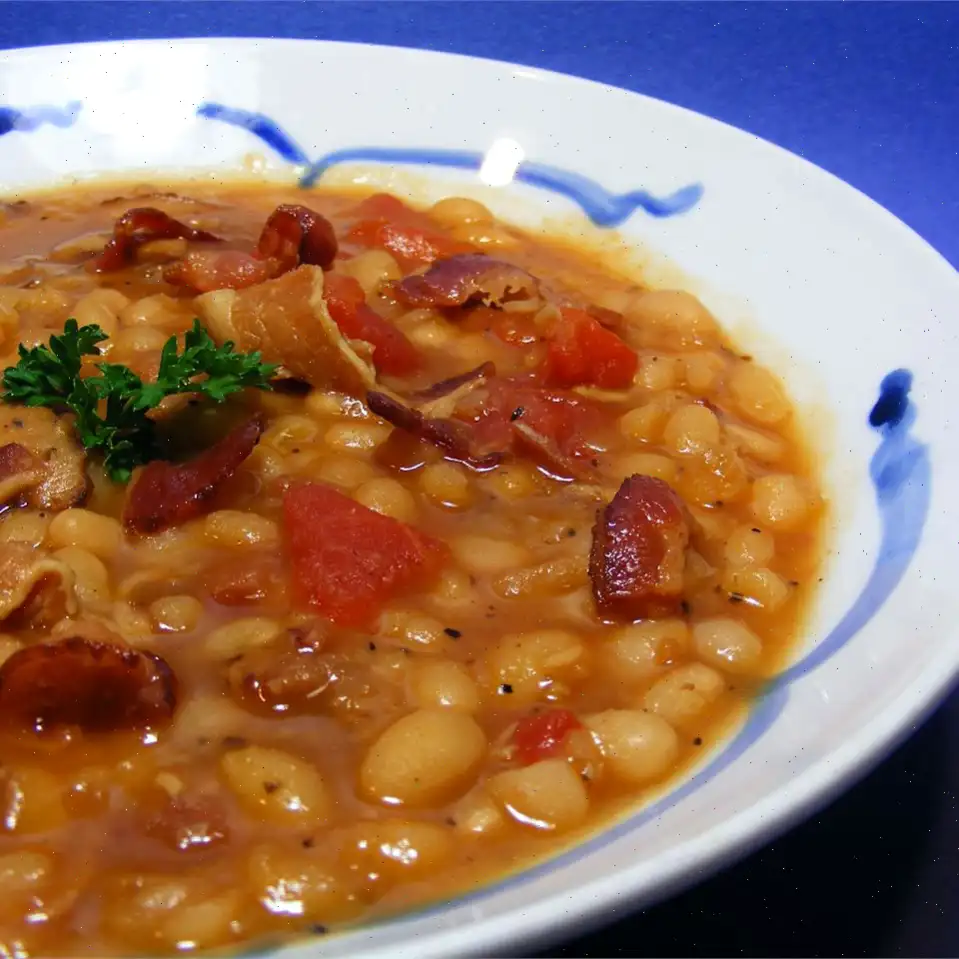
Steak Burrito Recipe
Ingredients
- 1 (10-inch) flour tortilla
- 3/4 cup cubed, cooked ribeye steak, warmed
- 1/4 cup Mexican rice, heated
- 1/4 cup pinto beans, heated
- 1/4 cup shredded Cheddar cheese
- 1 tablespoon diced onion
- 1 tablespoon chopped cilantro
Directions
Step 1: Fold a paper towel around the tortilla. Microwave on High for 5 to 10 seconds until pliable.
Step 2: Lay the tortilla flat on a plate. Layer the cubed ribeye steak, Mexican rice, pinto beans, shredded Cheddar cheese, diced onion, and chopped cilantro in a line across the center of the tortilla.
Step 3: Fold the opposing edges of the tortilla inward, overlapping the filling.
Step 4: Roll one of the opposing edges around the filling and tuck in the tortilla to form a burrito.
Step 5: Fold a paper towel around the burrito. Microwave again on High for 5 to 10 seconds until the burrito is heated through and pliable.
Nutrition Facts (per serving)
| Nutrient | Amount | % Daily Value |
|---|---|---|
| Calories | 2456 | - |
| Total Fat | 83g | 106% |
| Saturated Fat | 29g | 147% |
| Cholesterol | 161mg | 54% |
| Sodium | 2931mg | 127% |
| Total Carbohydrate | 321g | 117% |
| Dietary Fiber | 22g | 79% |
| Total Sugars | 2g | - |
| Protein | 101g | 202% |
| Vitamin C | 2mg | 2% |
| Calcium | 458mg | 35% |
| Iron | 23mg | 128% |
| Potassium | 1476mg | 31% |
Note: Percent Daily Values are based on a 2,000 calorie diet. Your daily values may be higher or lower depending on your calorie needs.
The Story and Cultural Background of the Steak Burrito
The steak burrito, a beloved dish in Mexican and Tex-Mex cuisine, traces its origins to northern Mexico, particularly the states of Chihuahua and Sonora. Traditionally, burritos were simple meals crafted for workers and travelers, designed to be portable and filling. The modern steak burrito, featuring succulent grilled or leftover steak wrapped with rice, beans, cheese, and fresh vegetables, represents a contemporary evolution of this classic street food, blending convenience with robust flavors.
Regional Variations and Local Characteristics
Across Mexico and the southwestern United States, steak burritos display notable regional differences. In northern Mexico, the burrito often emphasizes beef as the primary protein, reflecting the area's cattle-raising traditions. Tex-Mex variations tend to incorporate larger flour tortillas, an abundance of cheese, and additions like sour cream or guacamole, catering to local tastes and hearty appetites. Some coastal regions might include grilled vegetables or salsa verde, adding a fresh, tangy dimension to the burrito.
Differences from Similar Dishes
While similar to other Mexican wraps like tacos and chimichangas, the steak burrito is distinct in both structure and portion. Unlike tacos, which are smaller and open-faced, burritos are fully wrapped, making them easy to hold and eat on the go. Chimichangas, by contrast, are deep-fried, resulting in a crispy exterior that differentiates them from the soft, warm tortilla of a traditional steak burrito. The careful balance of steak, rice, beans, and garnishes gives the burrito its unique identity among Mexican-inspired dishes.
Where Steak Burritos Are Typically Served
Steak burritos are versatile, appearing in diverse settings from casual street food stalls to family restaurants and even high-end Tex-Mex establishments. In the United States, they are particularly popular in cities with large Mexican-American communities, often served as a hearty lunch or dinner. They are also a staple at food trucks, college cafeterias, and backyard gatherings, prized for their portability and satisfying combination of flavors and textures.
Interesting Facts About the Steak Burrito
- The word burrito literally means little donkey in Spanish, possibly referencing the rolled shape of the dish resembling the packs that donkeys carry.
- Historically, burritos were considered inexpensive, practical meals for laborers, with fillings chosen for energy and convenience rather than luxury.
- The steak burrito has inspired countless adaptations worldwide, including vegan versions with plant-based steak and globally infused fillings.
- Despite its humble beginnings, the burrito has become a symbol of Mexican culinary influence and innovation, especially in American fast-casual dining.
From its practical origins to its modern variations enjoyed across the globe, the steak burrito remains a versatile and flavorful dish that highlights both tradition and creativity in Mexican cuisine.








